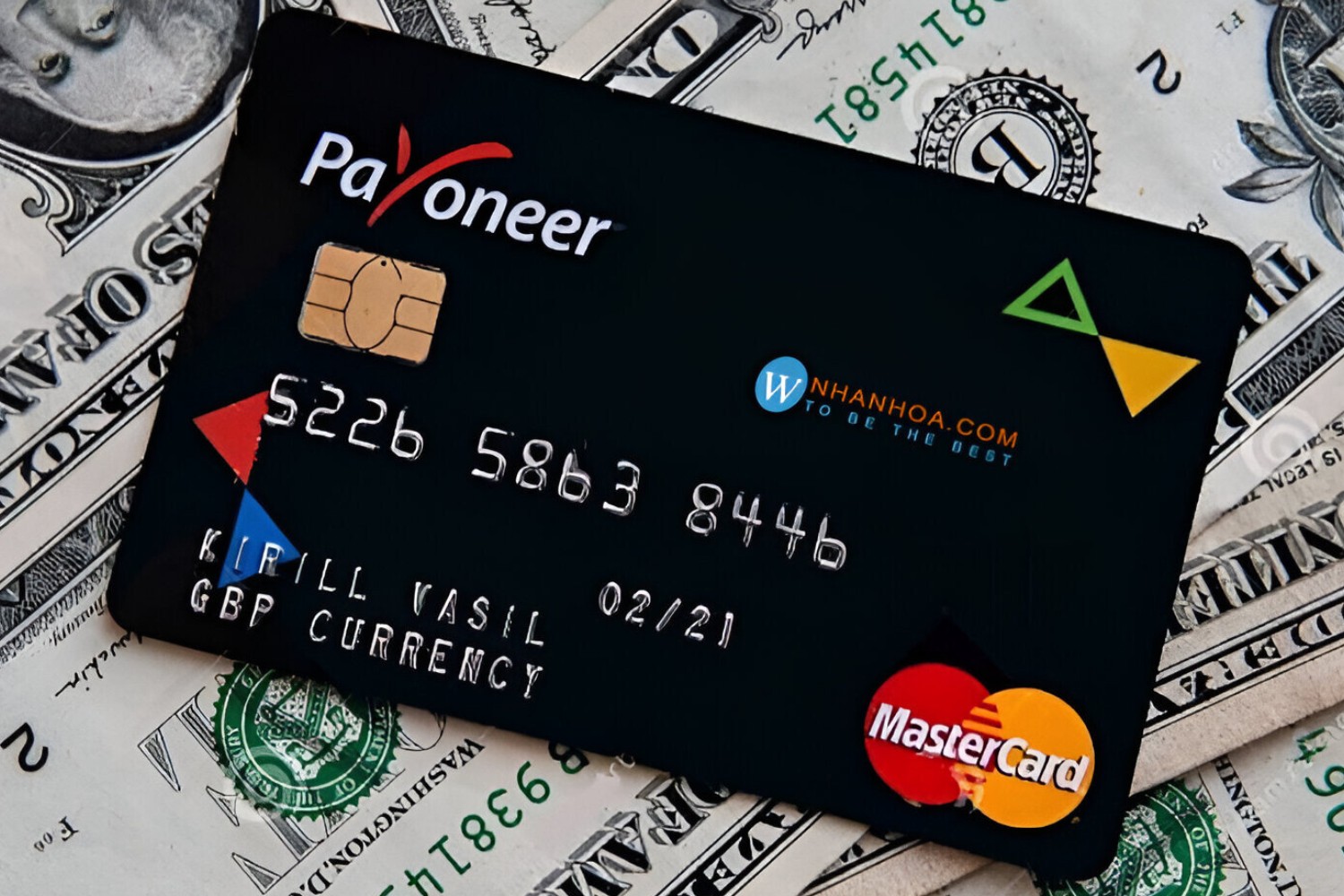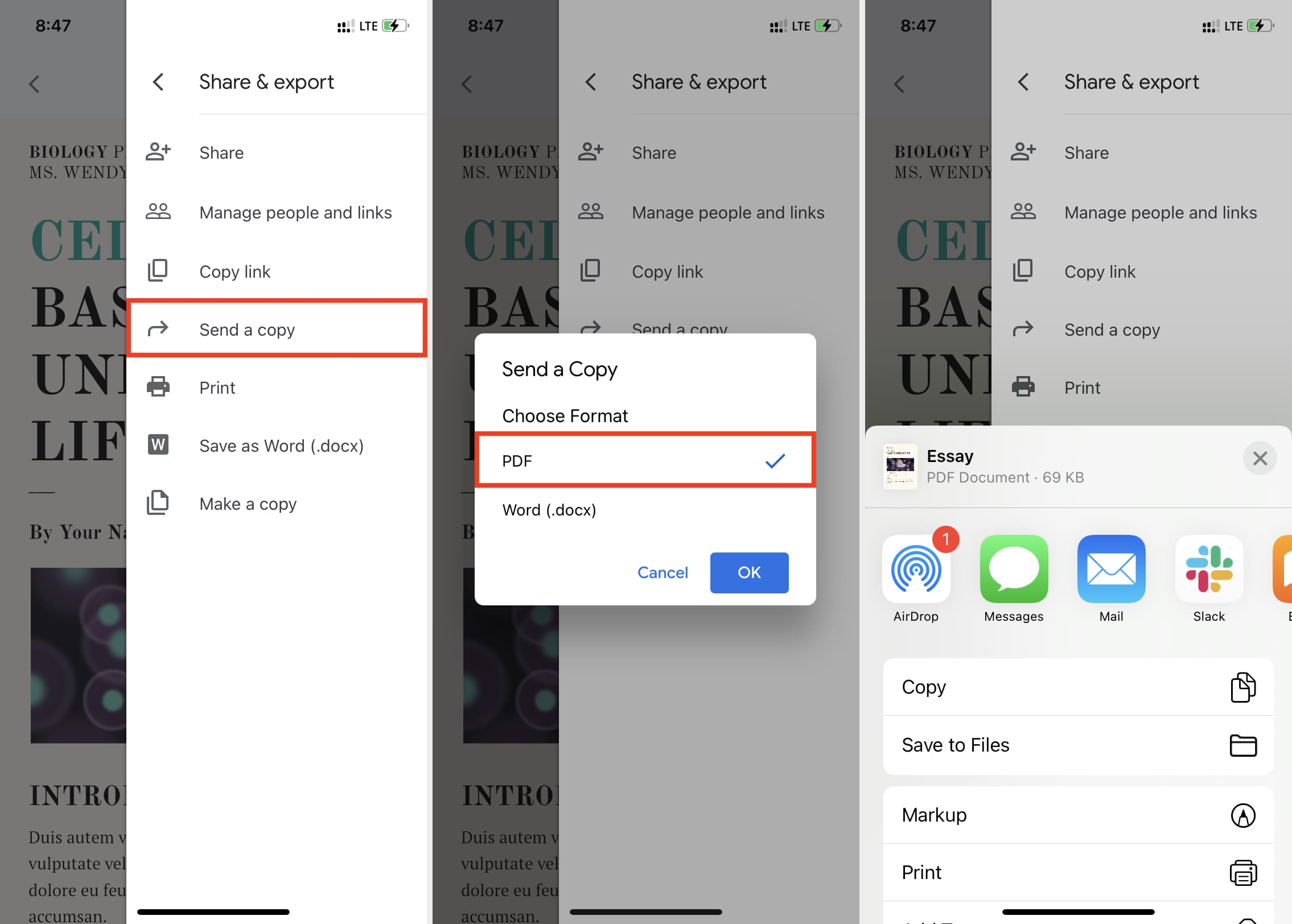Introduction
Signing documents is an essential part of conducting business, and with the advancement of technology, signing documents electronically has become more common. Email has revolutionized the way we communicate, and it offers a convenient way to send and receive important documents. However, signing an email document may seem unfamiliar or complex to some.
In this article, we will guide you through the process of signing an email document, step by step. Whether you need to sign a contract, an agreement, or any other type of document, we will show you how to do it easily and efficiently. Stay tuned to discover the simple yet effective methods to sign your email documents and ensure a smooth business process.
By following our instructions, you will gain the necessary knowledge and skills to create a digital signature, insert it into your email document, and position it appropriately. We will also provide guidance on saving and sending the signed document, ensuring that the recipient receives your signed email with ease.
Signing an email document can save time and effort compared to printing, signing, scanning, and sending physical copies. It also ensures that your documents are securely stored and easily accessible whenever you need them. With electronic signatures becoming widely accepted and legally binding, mastering this skill will undoubtedly be a valuable asset in your professional life.
So, whether you are a business professional, freelancer, or an individual who needs to sign and send documents electronically, read on to learn the step-by-step process of signing email documents. Let’s dive right into it and discover how to add your digital signature to your email documents hassle-free.
Step 1: Prepare the Document
Before you can sign an email document, it is important to ensure that the document is properly prepared. Here are the key steps you need to follow:
1. Review the Document: Carefully read through the document to familiarize yourself with its content. Make sure you understand all the terms, conditions, and any instructions related to signing the document.
2. Check the Format: Verify that the document format is compatible with electronic signatures. Most common file formats, such as PDF, Word, or JPEG, support electronic signatures. If the document is not in a compatible format, convert it to a suitable format using appropriate software or online tools.
3. Fill in Required Information: If the email document has any fillable fields or sections that require your input, ensure that you complete them accurately. Double-check for any missing or incorrect information to avoid any potential inaccuracies in the final signed document.
4. Proofread the Document: Take a few moments to proofread the entire document. Check for any spelling mistakes, grammatical errors, or formatting issues. It is essential to present a professional and error-free document before adding your signature.
5. Save a Backup Copy: Always make a backup copy of the document before proceeding with the signing process. This ensures that you have a copy of the original document in case any issues arise during or after the signature process.
By following these steps, you can ensure that your document is well-prepared for signing. Taking the time to review and complete the necessary steps will help you avoid any potential issues or mistakes in the signing process. Once the document is properly prepared, you can proceed to the next step of creating your signature.
Step 2: Create a Signature
Creating a signature for your email document involves creating a digital representation of your handwritten signature. Follow these steps to create your signature:
1. Decide on a Signature Format: Determine the format you want your digital signature to be in. You can choose to create a simple text-based signature using a specific font and style, or you can opt for a more advanced option such as a scanned image of your handwritten signature.
2. Use an Online Signature Generator: If you prefer a text-based signature, you can utilize online signature generators. These tools allow you to input your name, choose a font, and customize the style and size of your signature. Once you are satisfied with the result, save the generated signature as an image file.
3. Scan and Digitize Your Handwritten Signature: If you want to use your actual handwritten signature, you can scan it and save it as an image file. To obtain the best results, use a clean sheet of paper, black ink, and a high-quality scanner. Once scanned, save the image file in a format that is compatible with email attachments, such as JPEG or PNG.
4. Edit and Clean Up the Signature (Optional): If necessary, use image editing software to enhance the appearance of your scanned signature. Adjust the contrast, brightness, or remove any background noise to make the signature look clean and crisp. Remember not to alter the signature itself beyond minor enhancements to improve its visibility.
5. Save Your Signature: After creating or digitizing your signature, save it in a secure and easily accessible location on your computer. This will allow you to retrieve it whenever you need to sign email documents in the future.
By following these steps, you can create a professional-looking digital signature that represents your handwritten signature accurately. Creating a signature that reflects your personal or professional identity adds a personal touch to your email documents and ensures authenticity during the signing process.
Once you have created your signature, you are ready to proceed to the next step of inserting it into your email document.
Step 3: Insert the Signature Image
After creating your signature, the next step is to insert it into your email document. Here’s how you can easily insert the signature image:
1. Open your Email Document: Access the email document that you want to sign and open it using the appropriate software, such as Adobe Acrobat Reader for PDF files or Microsoft Word for Word documents.
2. Locate the Insertion Point: Identify the appropriate location in the email document where you want to insert your signature. This is typically at the end of the document, after reviewing all the content and providing any necessary input.
3. Insert the Signature Image: From the menu or toolbar, select the option to insert an image or picture. Browse your computer’s files and locate the signature image file that you previously created or digitized. Click on the file to insert it into the document.
4. Adjust the Size and Placement: Resize and position the signature image within the document according to your preferences. Use the resizing handles at the corners of the image to make it fit appropriately and ensure it does not obstruct any important text or content.
5. Preview and Save: Take a moment to preview the document and ensure that the inserted signature appears correctly. Make any necessary adjustments if needed. Once you are satisfied, save the email document to preserve the signature and prepare it for sending.
Remember to keep the size of the signature image reasonable, ensuring it is clear and visible without dominating the document. A signature that is too large may disrupt the overall appearance of the email document.
By following these steps, you can easily insert your signature image into your email document. This will help establish your identity and authenticity when sending important documents electronically. Once the signature image is properly inserted, you can proceed to the next step of positioning it within the document.
Step 4: Position the Signature
Positioning your signature within the email document is crucial to ensure its visibility and maintain a professional appearance. Follow these steps to appropriately position your signature:
1. Align with the Document Format: Take into consideration the formatting and layout of the email document. Ensure that your signature does not disrupt the flow of the content or overlap with any important information. Aim to align your signature with the overall document format, maintaining a consistent look and feel.
2. Choose an Optimal Location: Decide where you want to place your signature within the document. While the end of the document is commonly chosen, you can also position it at the bottom corner of each page or at the top of the document. Consider your personal preference and the document’s purpose when selecting the location.
3. Maintain Adequate Spacing: Leave enough space around your signature to avoid clutter or confusion. Ensure that it stands out and is easily distinguishable from the surrounding text. Adding a bit of white space around your signature can draw attention to it and give it prominence.
4. Test Different Placements: If you are unsure of the best position for your signature, try out different placements in a test document. Experiment with variations to see which placement looks most professional and visually appealing. Solicit feedback from colleagues or clients, if applicable, to get their input on the positioning.
5. Check for Readability: Verify that your signature is easily readable within the email document. Avoid using a font size that is too small or a style that is overly elaborate, as it may make it difficult for recipients to discern the signature. Opt for a legible font and a size that is appropriate for the document’s format.
By following these steps, you can position your signature strategically within the email document, ensuring that it is clearly visible and maintains the professional integrity of the document. Take the time to find the optimal placement that meets both aesthetic and practical considerations.
Once you have positioned your signature, you are ready for the final step – saving and sending your email document with the embedded signature.
Step 5: Save and Send the Email Document
After you have prepared, created, inserted, and positioned your signature in the email document, the final step is to save and send it. Follow these steps to ensure a smooth and successful process:
1. Save a Copy: Before sending the email document, make sure to save a copy of the signed document on your computer. This allows you to keep a record of the signed version for your reference and future use, if needed.
2. Verify the Signature: Take a moment to review the email document to ensure that the signature appears correctly and that all other content is intact. Double-check for any discrepancies or errors that may have occurred during the signature process.
3. Compose the Email: Open your email client and compose a new email message. Add the recipient’s email address, a relevant subject line, and any necessary email content. Mention that the attached document is signed and provide any additional information or instructions if needed.
4. Attach the Document: Attach the signed email document to the email message. Verify that the correct document is selected and attached before proceeding to the next step.
5. Send the Email: When you are satisfied with the email content and attachment, click the “Send” button to send the email and the signed document to the recipient. Take a moment to ensure that you have entered the correct recipient’s email address to prevent any sending errors.
6. Confirm Receipt: If necessary, follow up with the recipient to confirm that they have received the email and the attached signed document. This can help ensure that the document reaches the intended recipient on time and that they are aware of its presence.
By following these steps, you can successfully save and send your email document with the embedded signature. Sending a signed document electronically saves time and resources compared to traditional printing and mailing methods. It also provides a secure and efficient way of conducting business transactions.
Remember to retain a copy of the signed document for your records and keep track of any responses or acknowledgments from the recipient. This will help you maintain a transparent and organized workflow during your business interactions.
Congratulations! You have successfully learned how to sign an email document. By mastering this skill, you can streamline your document signing process and enhance your professional image in the digital realm.
Conclusion
Signing email documents has become an essential task in today’s digital world. By following the step-by-step process outlined in this article, you have learned how to prepare, create a signature, insert it into your email document, position it appropriately, and ultimately save and send the document.
Signing email documents electronically offers numerous benefits, including convenience, time efficiency, and the ability to maintain a digital record of signed documents. It eliminates the need for printing, scanning, and physical storage, saving both resources and physical space.
Remember to always review and properly prepare your email documents before adding your digital signature. Carefully consider the format, fill in any required information, proofread the content, and save a backup copy to ensure accuracy and security.
Creating a signature allows you to personalize your email documents and add a touch of professionalism. Whether you choose a text-based signature or a digitized version of your handwritten signature, the goal is to create a signature that is legible, representative, and visually appealing.
Once you have created and inserted your signature, you should position it within the email document appropriately. Consider the document format, choose a suitable location, maintain adequate spacing, and ensure the signature is easily readable.
After positioning your signature, save a copy of the signed document, compose the email, attach the document, and verify the recipient’s email address before sending. This final step ensures that the signed document reaches its intended recipient and facilitates smooth communication.
By mastering the process of signing email documents, you can streamline your business operations, enhance your professional image, and increase productivity. Remember to keep your digital signature secure and use it responsibly for legitimate business purposes.
Now that you have the knowledge and skills to sign email documents confidently, you can approach your future document signing tasks with ease and efficiency. Embrace the convenience of electronic signatures and make the most of technology to streamline your workflow and enhance your business interactions.

























